Western mythology’s first depiction of art was when Pliny the Elder, a Roman writer from the first century C.E. (23-79), wrote that the first drawing ever created was by a woman named Dibutades, who outlined her lover’s silhouette onto a wall. Despite the fables that a woman was the ancestral first artist, her female successors received little recognition as artists until the end half of the 20th century.
By the time Virginia Woolf wrote, “For most of history, Anonymous was a woman,” only a small sample of women had found their way into the Western art canon. Even still, they were often described as unusually talented women who were able to transcend the limitations of their sex, their work dismissed as craft rather than fine art. Their work has historically been attributed to their brothers or husbands. For centuries, they have been barred entry from academic training and representation, disallowed from nude studies of the female body – their own bodies. In 1723, Dutch painter Margareta Haverman was expelled from the French Académie Royale when paintings she submitted were judged too skillful to have been done by a woman.
I recently had the opportunity to speak with Christa Zaat, the curator of Female Artists in History. She aims to lift the veil of silence on our collective culture by sharing and celebrating female artists of the past. Focusing on artists whose contributions and corpuses are often obscured, Christa’s work is monumentally important to reshaping the canonical art history. Her curation focuses on giving deceased woman artists a voice, illuminating their artwork through visibility on the Internet.
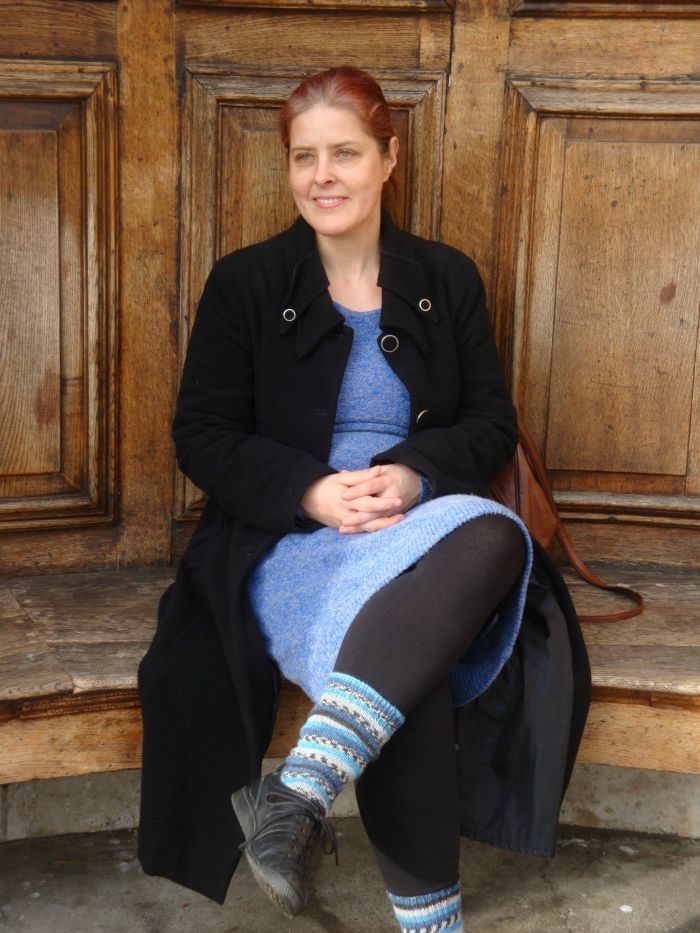
Nearly 50 years ago I was born in The Netherlands. I was a vigorous child, endlessly curious and creative. I was a sponge, sucking up knowledge wherever I could. I was born in a city, but raised in a country village. This was my first culture shock. Life looked the same, but felt different.
I grew up a confused child, with a strong inner world that didn’t match with the outside world. Alone I felt happy, perfectly ok with who I was and what I did – but out in the world, I felt lonely. I didn’t understand the world, and the world didn’t understand me. For a long while I was convinced that at birth, everyone received the rules of life, but somehow they had forgotten me. Whatever I did, it always seemed wrong. Everywhere there were invisible rules I had to obey. The overall message I heard was: you need to change yourself! But change into what, and why?
My curiosity, sensitivity and negative self-image would influence my further education. I started many educations, but didn’t always finish them. For the outside world I’ve studied very different educations, from drama, nursing, coaching, Reikimaster, translating, tax law to now being a functional manager in daily life, to earn my living. To me they are all connected, with endless parallels: all these different sides keep me in balance, and provide me with many answers. These educations taught me to look both deep and broad. Life gave me many challenges, not always easy, but I feel blessed. Without them, I wouldn’t have become who I am now.
Art, in every facet, has always been an important part of my life. Whatever happened, it was always there to comfort me, nourish me and reconnect me with my deepest self when I was lost. It can bring me beauty, emotional evocation, and food for my deepest thoughts.
I’m an autodidact in art, I have no degree. To me, it’s about the knowledge, not about the title. I’ve read thousands of books, visited many museums, exhibitions and archives all over the world, and had many great talks with people in the field. I work four days a week, and dedicate most of my free time to art research and blogging.
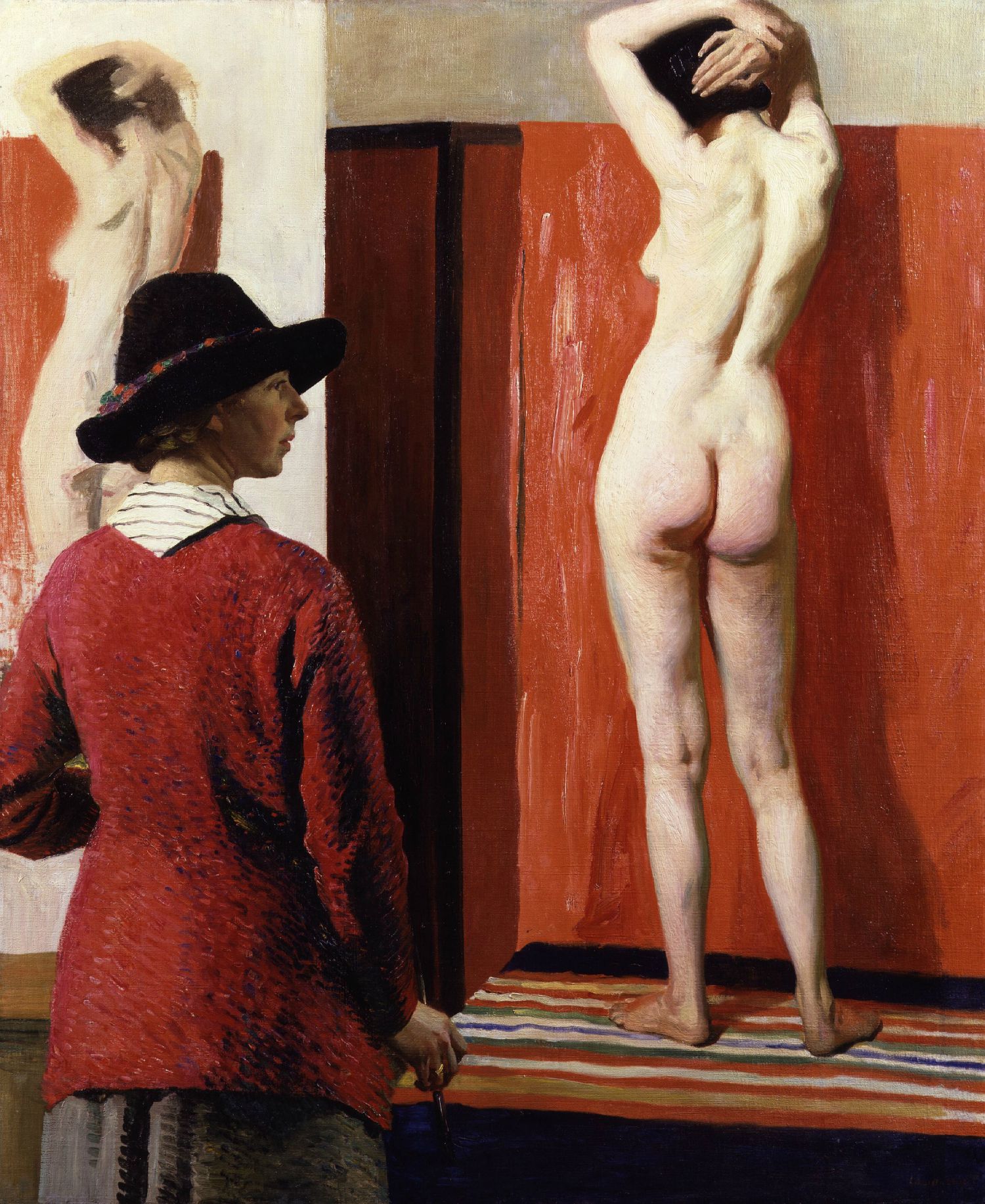
Laura Knight (English Painter), Self Portrait, 1918, oil on canvas
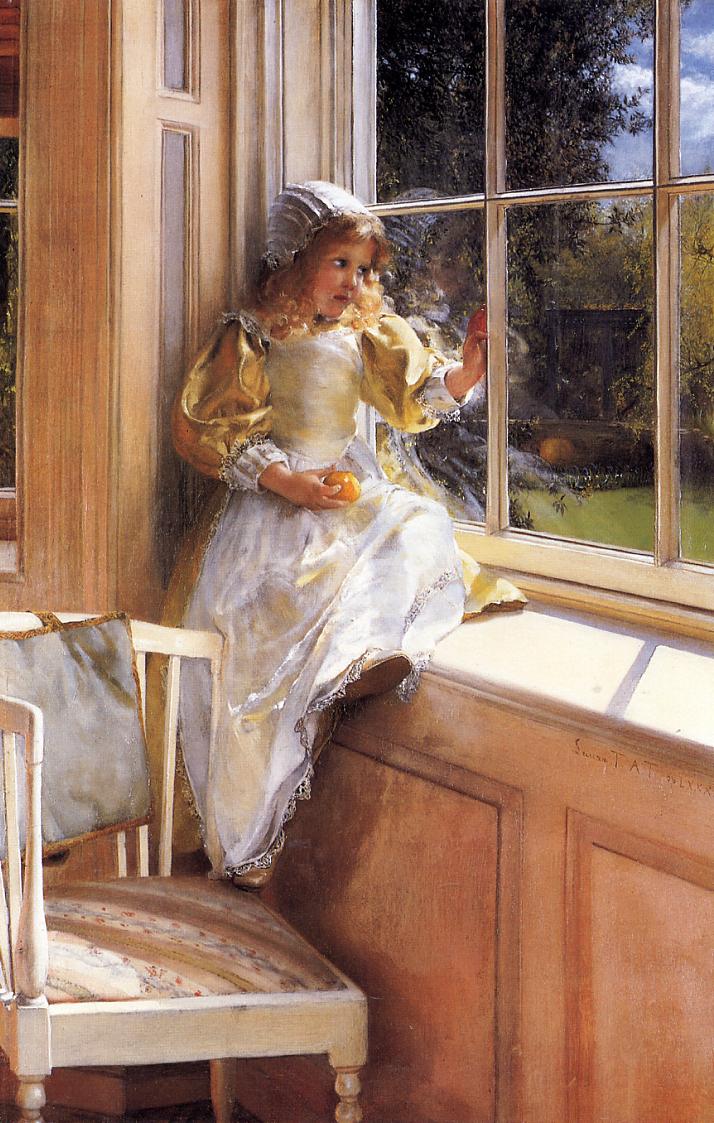
Laura Theresa Alma-Tadema (English Painter), Sunshine, 1887, oil on canvas
Four years ago, I started writing my first blog, which was about 19th century art, a natural consequence to what I already was exploring for so long. While researching and posting, my awareness grew that art was dominated by male artists, and female subjects. Again the outside world was not in sync with my inside world. Trying to find a balance in my posts, I started to pay special attention to female artists, wondering who they were, and what they made. I discovered there were many more female artists than I thought there were. After some years of blogging about 19th century art alone, that coat didn’t fit anymore. I had discovered that there had been so many more female artists than in the 19th century alone, and I wanted to do them more justice. A new blog was born.
Female Artists in History is about all female artists, from all disciplines, all eras, and all countries. The only restriction I have is that I only publish about dead artists. The women of today can do their own acquisition. I want to give a voice to the women who can’t speak for themselves anymore.
For Female Artists in History I don’t make a distinction in time, for every discovery is valuable to me, and every artist gets her own album which I fill with work and personal things I find about her life. But for a variety of reasons it is easier to spot 19th and 20th century artworks by women, rather than before those times. And for miscellaneous reasons it is easier to find European and American art than art from other continents. But I do my best to pay attention to all. Time is my only enemy.
Over the course of time I discovered that the 19th century was the era I felt most attracted to, and gradually I started to understand what captured me in this corseted era. I was born a free woman [in the Netherlands], and apart from financial reasons I’ve never had serious constraints. Nevertheless, I felt restricted all the time.
In the 19th century, literal and figurative corsets were daily life. Unconsciously I resonated in this, as I was searching for an answer how to throw off my own. How did these women, with such opposition, become who they were? How did they stay happy while the environment tried to curtail their possibilities?
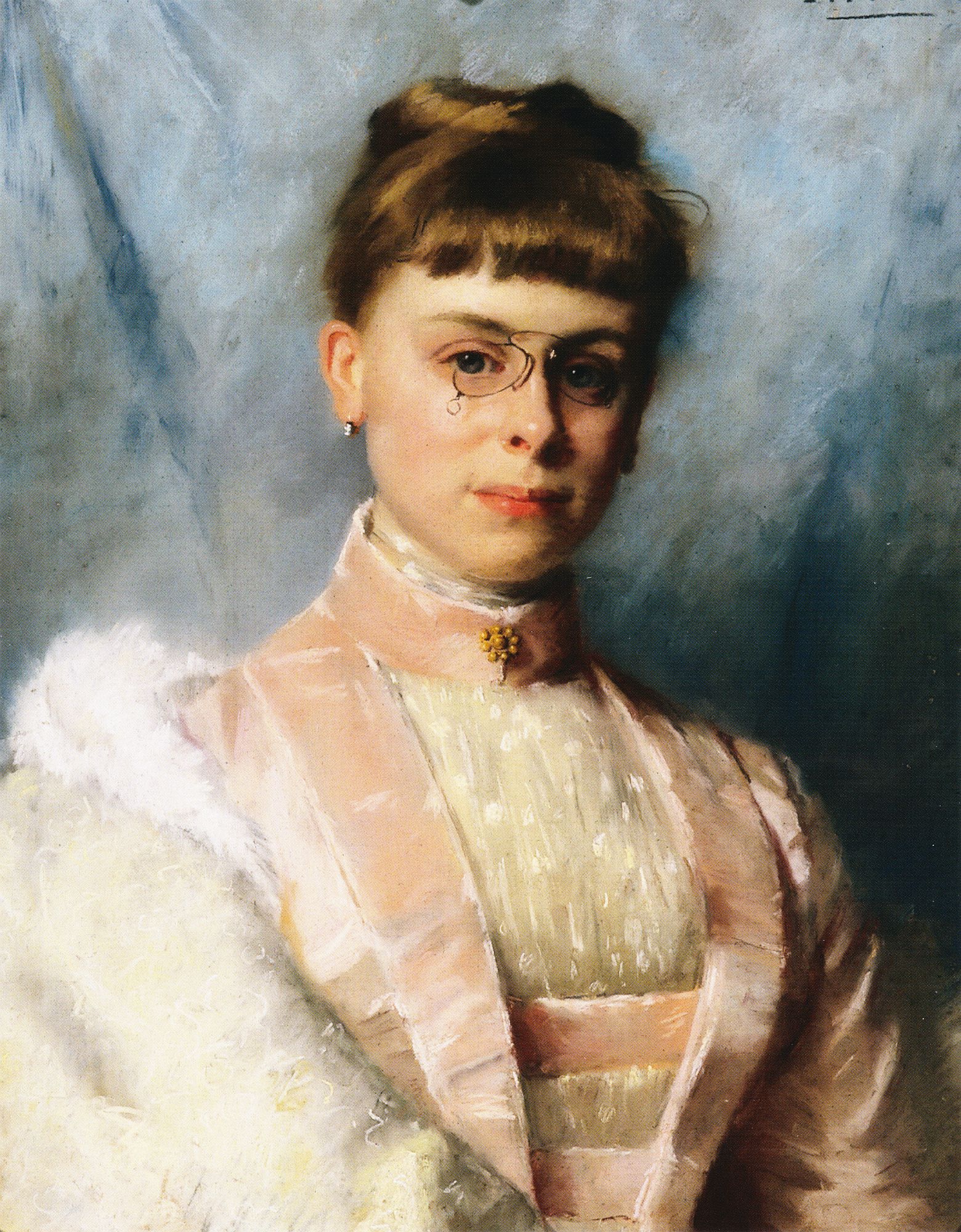
Thérèse Schwartze (Dutch Painter), Portrait of Johanna Eugenia Theadora Van Hoorn Schouwe (1918), oil on canvas
Throughout history, the predominant perspective has been that of a white male. How do you think this prevailing narrative has had a lasting effect on art?
For centuries, the Art Canon was dominated by art made by men, preferably white and dead for at least 50 years. That was the paradigm about art. No matter how talented and skilled a woman was:
Judith Flanders – A Circle of Sisters
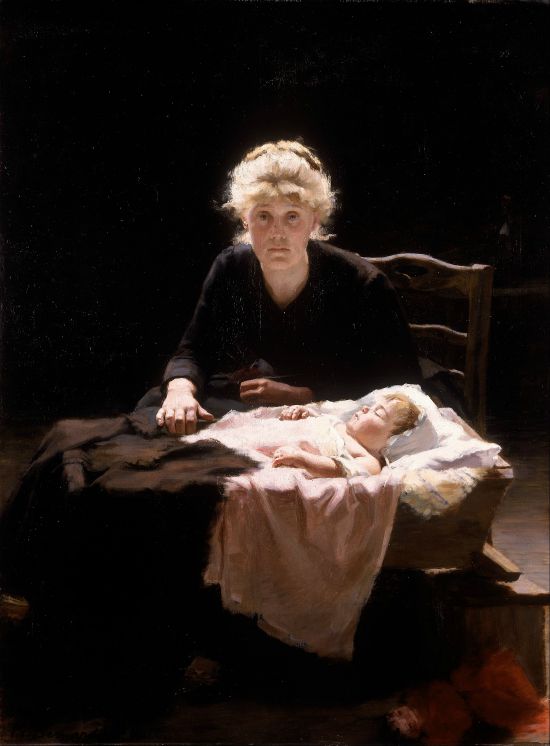
What you see is that many women (even in the more free thinking societies) stopped or diminished their artistic activities after their marriage, or they continued in a different form – on a smaller scale, with subject closer to home, in a more perishable form – for the sake of the house and family. Sometimes they continued working, but under the name of their husband, brother, or father. Only some managed to continue their work professionally. Many never married.
The paradigm in which you live is of huge importance. It determines what you can do, and what you can’t, and where there is space. If women found a satisfying way to conduct their creative energy within the boundaries of their lives, they could be quite happy (I think). If they could neither escape nor canalize it in a different way, these women ran the risk of being cut off from their source. I think one of the reasons for unhappiness is being (partially) cut off of your own essence. Unhappiness is like throwing a stone in a deep pool – both the initial impact and its ripple will affect its surroundings.
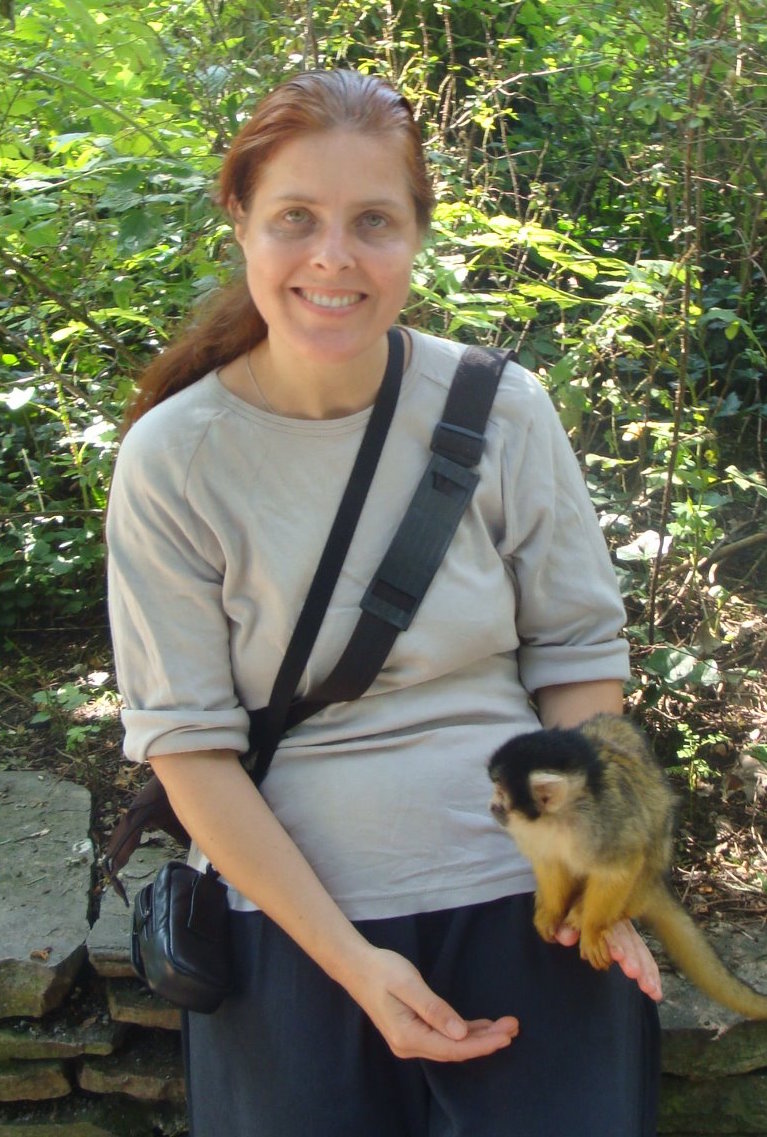 “The paradigm in which you live is of huge importance. It determines what you can do, and what you can’t, and where there is space.” – Christa Zaat
“The paradigm in which you live is of huge importance. It determines what you can do, and what you can’t, and where there is space.” – Christa ZaatWhat is creativity to you?
Creativity isn’t about painting, sculpting, composing etc., and giving it your signature. Creativity is an energy, a drive you feel from within, and that wants to get a shape. The form can be anything, as long as it resonates with the essence it comes from.
For creation you often need a certain state of mind and an amount of time, and each influences the other. Women who run a household, a family, are often 24/7 occupied with this. It is difficult to take a step back from this if it is your full responsibility. People who are less/not burdened with this have more possibilities to dive deeper in their creative process than a person who has this as a full-time duty. These are a few of the many challenges women artists were facing, in various shades. Like in our life, they couldn’t always change the environment they were in. But curse or blessing, it was up to them and find out what they could do, and how. Some found the key. It is what I can learn from them. For me, they are my heroes.
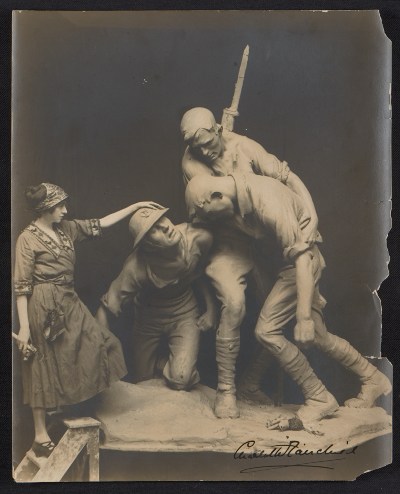 Gertrude Vanderbilt Whitney (American Sculptor) with her Washington Heights-Inwood War Memorial, 1926, Bronze, Deer Isle granite
Gertrude Vanderbilt Whitney (American Sculptor) with her Washington Heights-Inwood War Memorial, 1926, Bronze, Deer Isle graniteIn the art world there are two important figures: the creator, and the messenger. The two can be united in one person, but that’s not necessary. A creator without a messenger usually remains unknown. A messenger without a creator has nothing to share. The two need each other in their dance to fame. The reason why so many female artists (from the past) remain unknown today, is because they had no messenger (anymore), or their creations vanished.
I can’t get back what is gone, but I can be the messenger for what still is, but veiled. And that’s what I do on Female Artists in History. In the old days the art canon decided what art was. With the arrival of the internet we are less dependent of the belief system of the art connoisseurs. We easily pick up and share with each other what we like, simply because it’s possible to share what moves us. Art history wasn’t made by men alone. In the end I believe that good art will prove itself. All it needs is to be seen, to be heard, to be taken seriously. By unveiling these hidden gems, by telling Her-story, I think art His-tory can be rewritten, until we have a more balanced view.
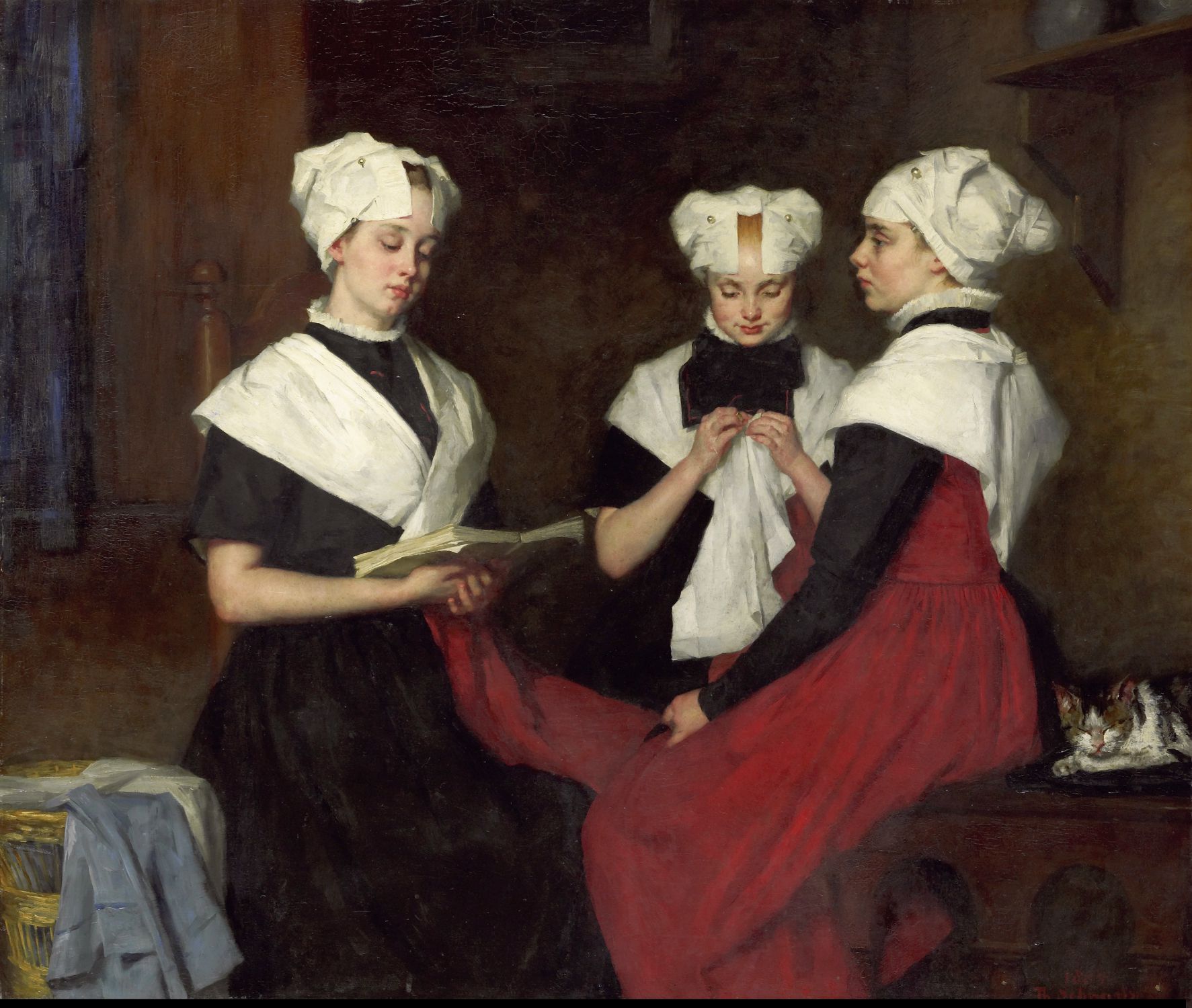
Thérèse Schwartze (Dutch Painter), Drie Meisjes uit het Amsterdamse Burgerweeshuis, 1885, oil on canvas
Lastly, do you have a favorite female artist (or several)? Can you share something about her life?
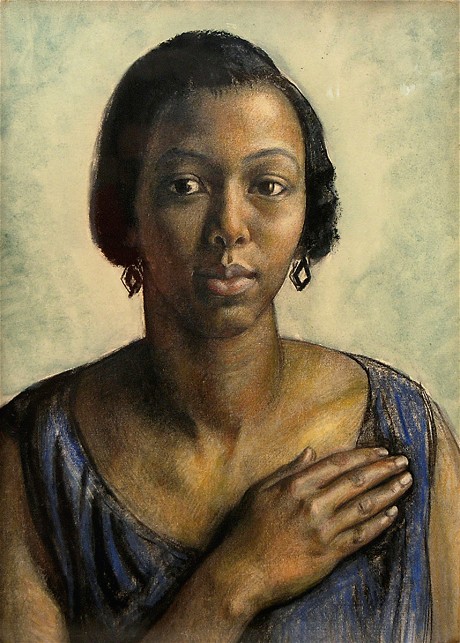 Laura Knight (English Painter), Pearl Johnson, 1926, oil on canvas
Laura Knight (English Painter), Pearl Johnson, 1926, oil on canvasSofonisba Anguissola: a successful 16th century painter from Italy. She and all her sisters got a well-rounded education that included the fine arts. Her sisters seemed to have stopped painting, but her fame was spread all over Europe. Her oeuvre and success had a large influence on following generations.
Maria Sibylla Merian; a 17th century German-born naturalist and scientific illustrator. Her detailed illustrations about plants, insects and animals are fabulous. Great to read that she passed her creative and scientific skills to her daughters.
Laura Knight; an English 19th/20th century painter. Her varied paintings are strong, skilled, and narrative. We are lucky she left a large oeuvre.
 Zinaida Serebriakova (Russian Painter), Self Portrait With A Brush, 1924, oil on canvas
Zinaida Serebriakova (Russian Painter), Self Portrait With A Brush, 1924, oil on canvasZinaida Serebriakova; a Russian 19th/20th painter. A gifted woman with a colourful palette. Her pastels are accurate and determined. Her portraits and nudes are beautiful, and her Orientalist paintings differ from what you see generally on the subject. She also left a large oeuvre.
Laura Theresa Alma-Tadema; an English 19th century painter, and the second wife of Sir Lawrence Alma-Tadema. If you see her paintings, you notice how skilled she was in the fine arts. But since she hardly did any acquisition in her time, only few people knew what she did. She must have painted about 200 works, which I haven’t found so far. Every time I discover another gem from her hand I’m very pleased.
Evelyn De Morgan; an English 19th century painter. Influenced by her uncle John Roddam Spencer Stanhope and by the Pre-Raphaelites, her works breathes literary, mythological and spiritual themes.
And the last three are Florence Veric Hardy Small, Margaret Bernadine Hall and Louise Marie Becq de Fouquières. Little is known about these 19th century painters, and very few works seem to be left so far. Of the first two women I know only one work. All three left behind paintings that were very catching. I think that if you were able to paint so skillfully, [these paintings] can’t be your first work. So I am very curious after the rest, and I really hope to discover more gems by them.
Like many other women artists, their lives are a mystery.
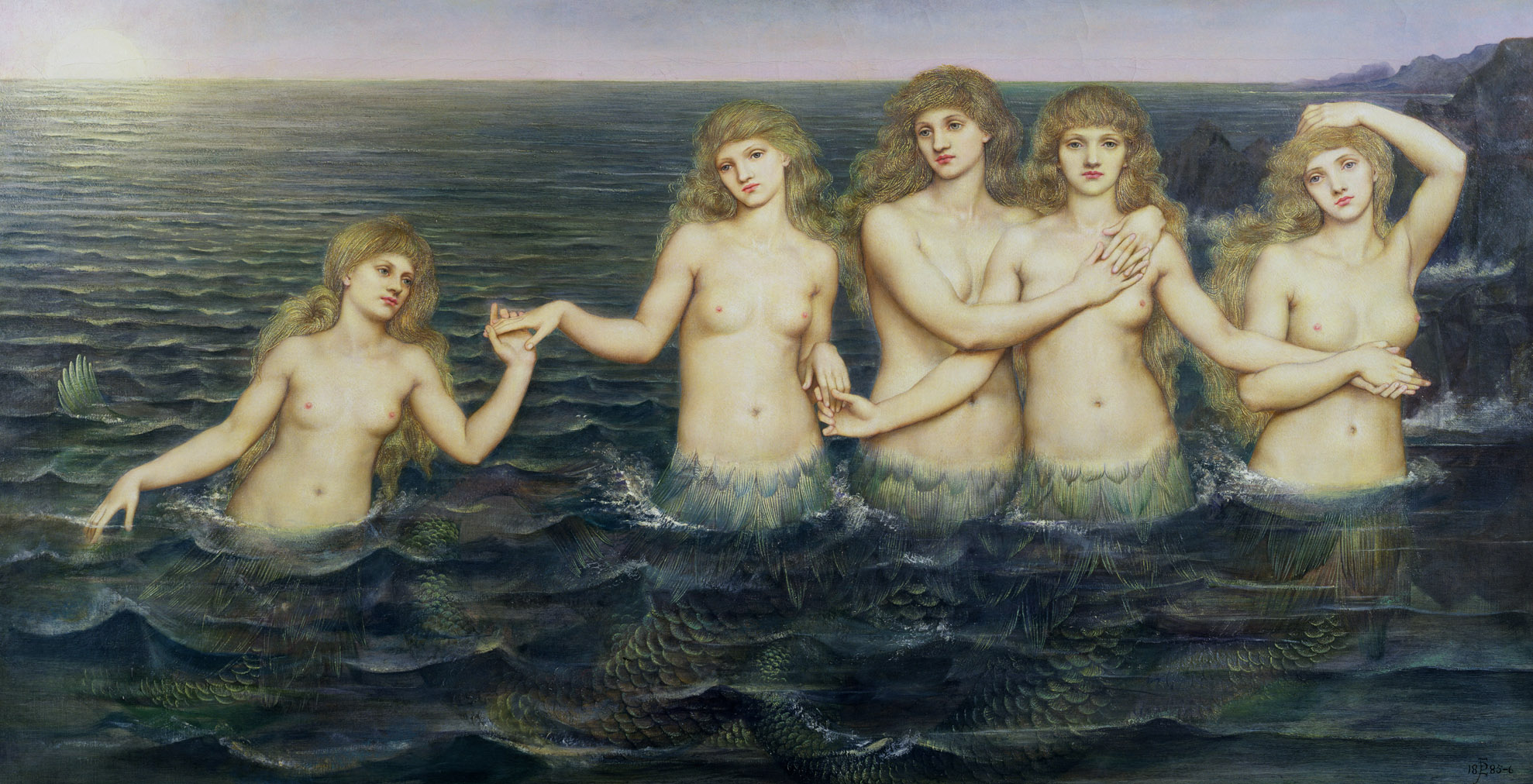
Evelyn de Morgan (English Painter), The Sea Maidents, 1886, oil on canvas

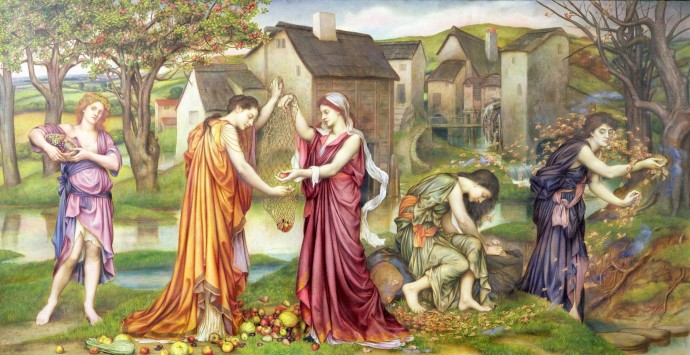
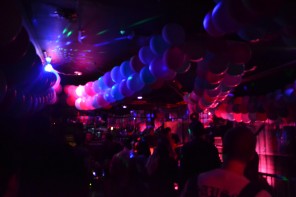
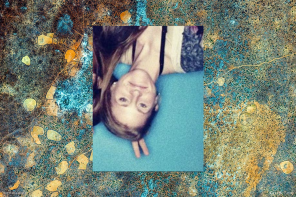
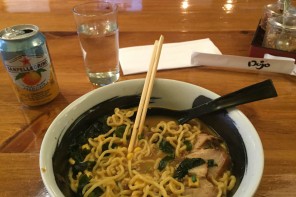
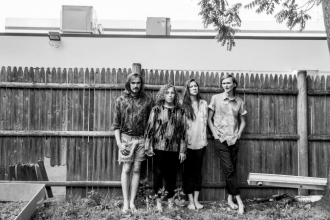
Wow… Amazing job, Christia Zaat! Keep up the good work. Being an art enthusiast though my domain is mainly Poetry, I’m extremely happy for this. God bless you.
Dear Christa, good work !
Gladly surprised Therese Schwartze on your list ! And thanks for giving space to the English edition of my monography on Schwartze on your site, available via http://www.thereseschwartze.com.
The difference with the (still available with Walburg Pers) Dutch version is an introduction on her American background which I hold for a great deal responsible for her huge (financial) succes. And there are 16 new images of so far unknown work.
As I could not find an English language publisher (niche market) I published the English edition myself in a limited edition of 500 copies. In the november 2015 issue of http://www.fineartconnoisseur.com an article by me will be published.
Thanks again for being so dedicated to a subject which fascinates me also for a long time. Cora
Thanks you, Christa Zaat!! Your fabulous work are made possibly re-discovered many unknown women in art.
I enjoyed your article very much and look forward to reading more. Your intention to bring to light unknown neglected female artists has succeeded at once with me as I have sadly never heard of the highly accomplished Laura Theresa Alma Tadema nor the sublime Theresa Schwartze. Evelyn de Morgan was equally a revelation (related to the famous potter?) as also Zinaida Serebriakova whose self portrait has immediate appeal. Pliny the Elder was unaware of the miraculous prehistoric cave paintings. I doubt very much if the only female contribution to that creation was merely to grind the pigments.
Evelyn de Morgan was the wife of William de Morgan, the arts and crafts ceramic designer and novelist. As far as I know both their works are on exhibition in Wandsworth public library. London SW15.